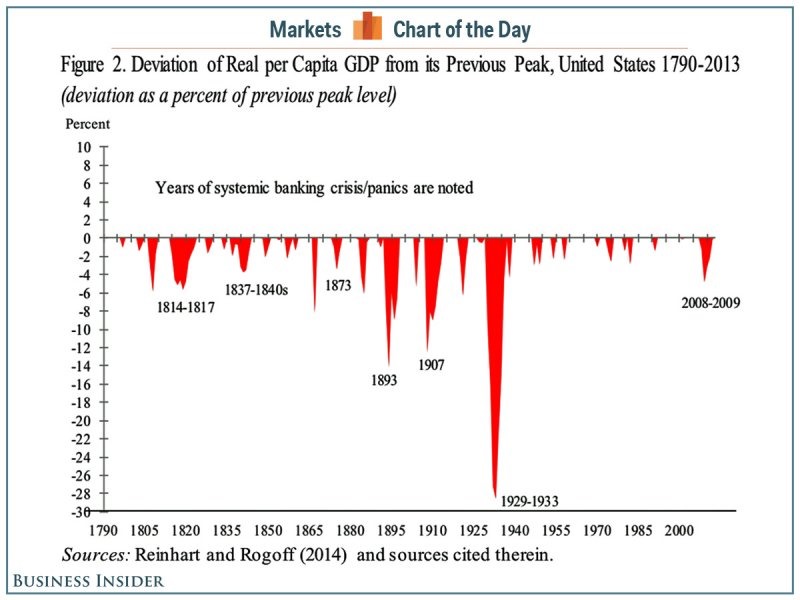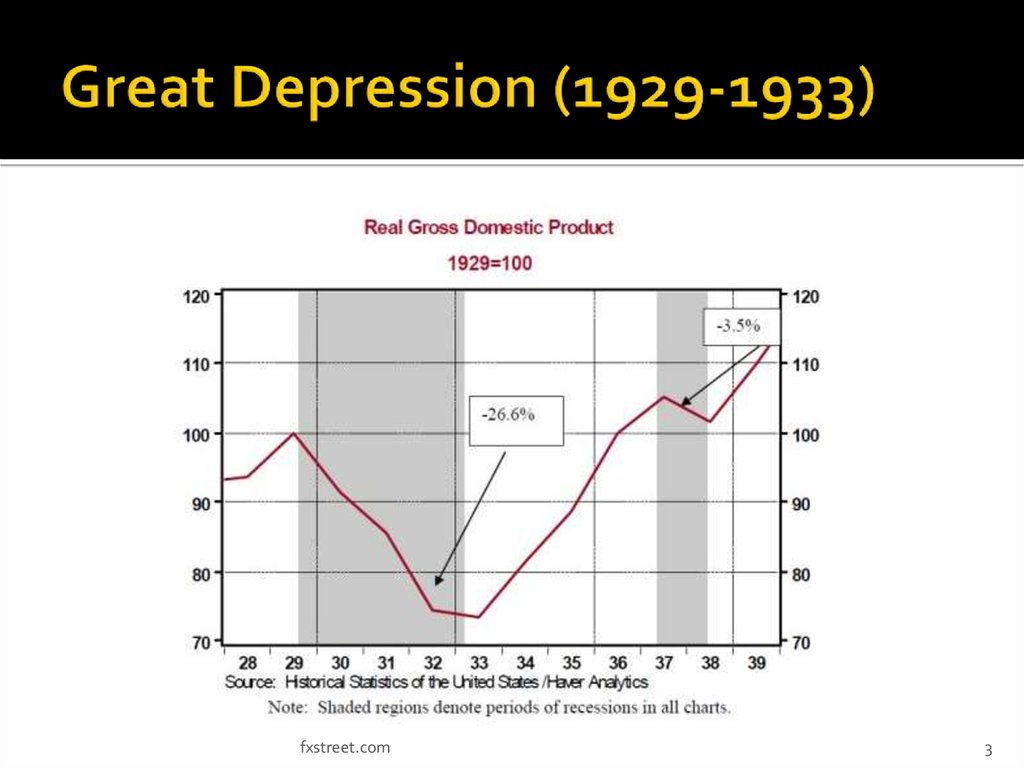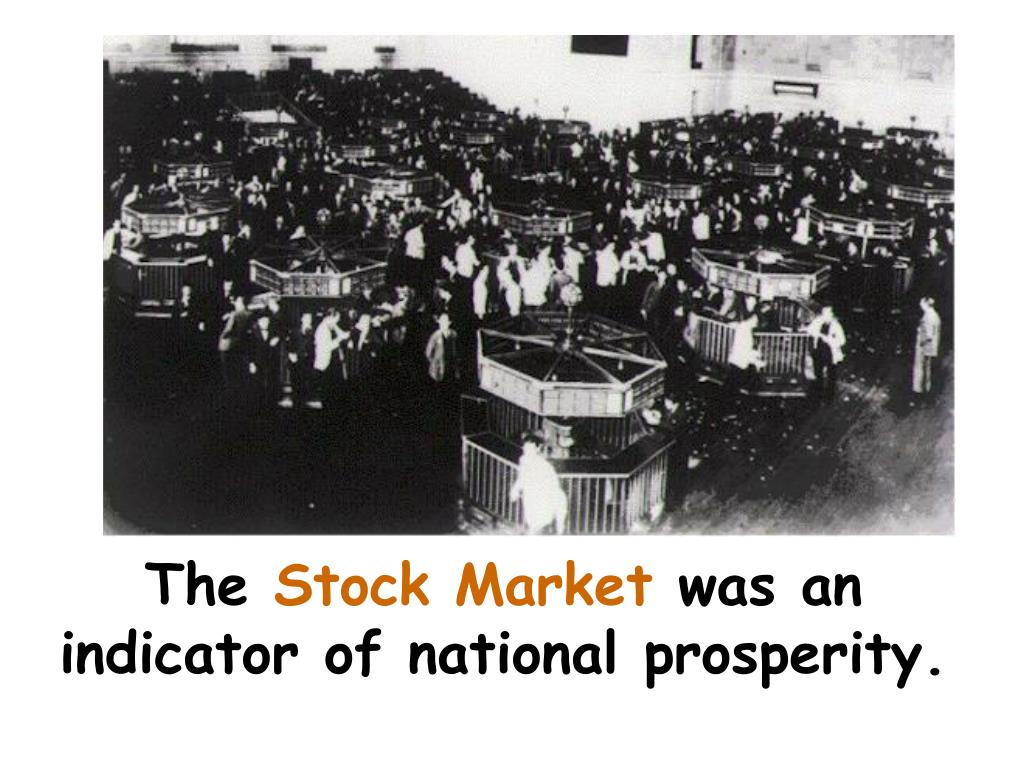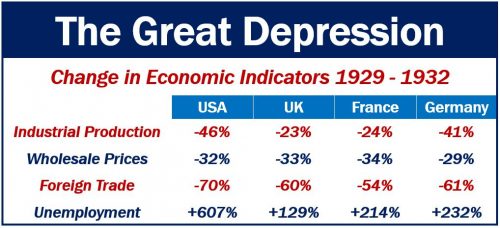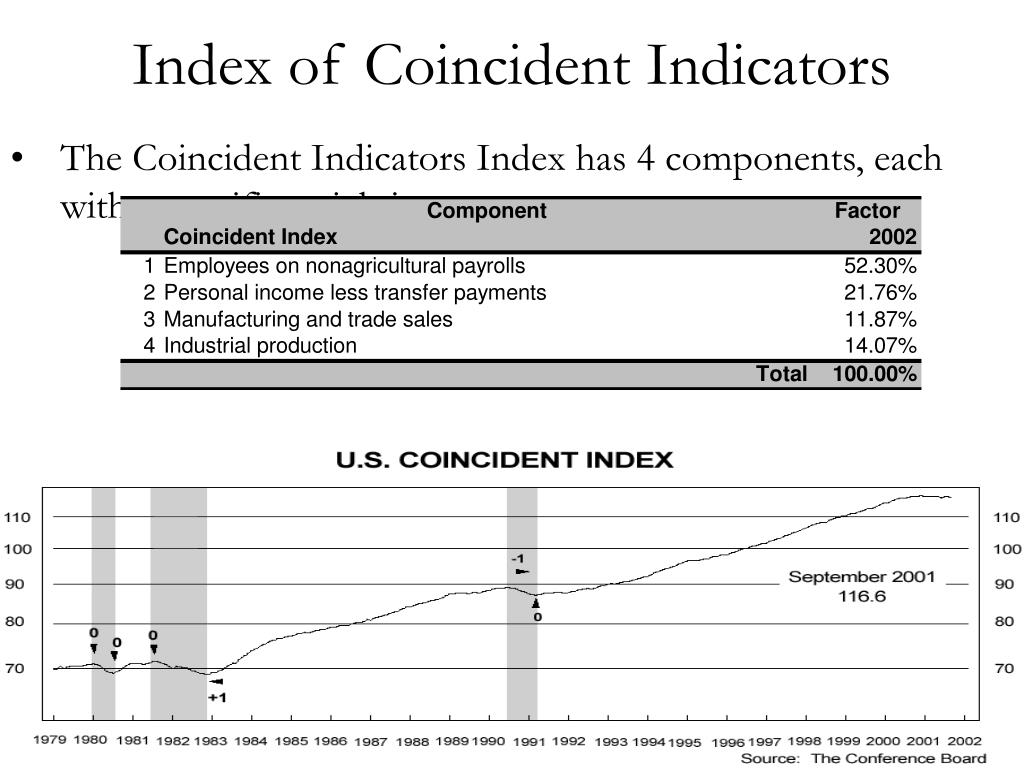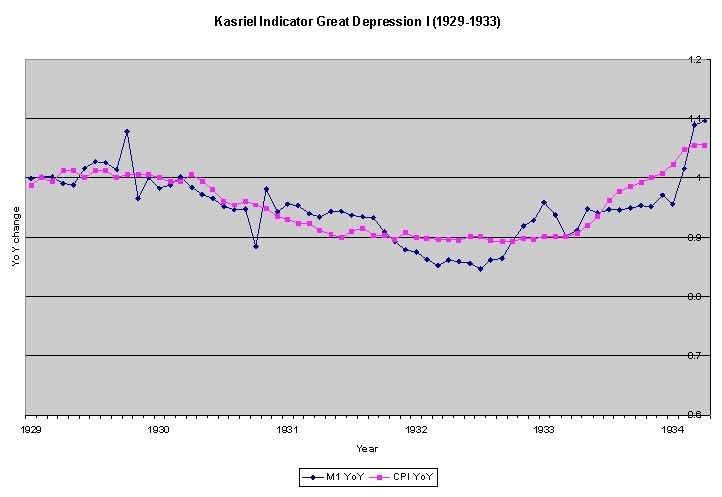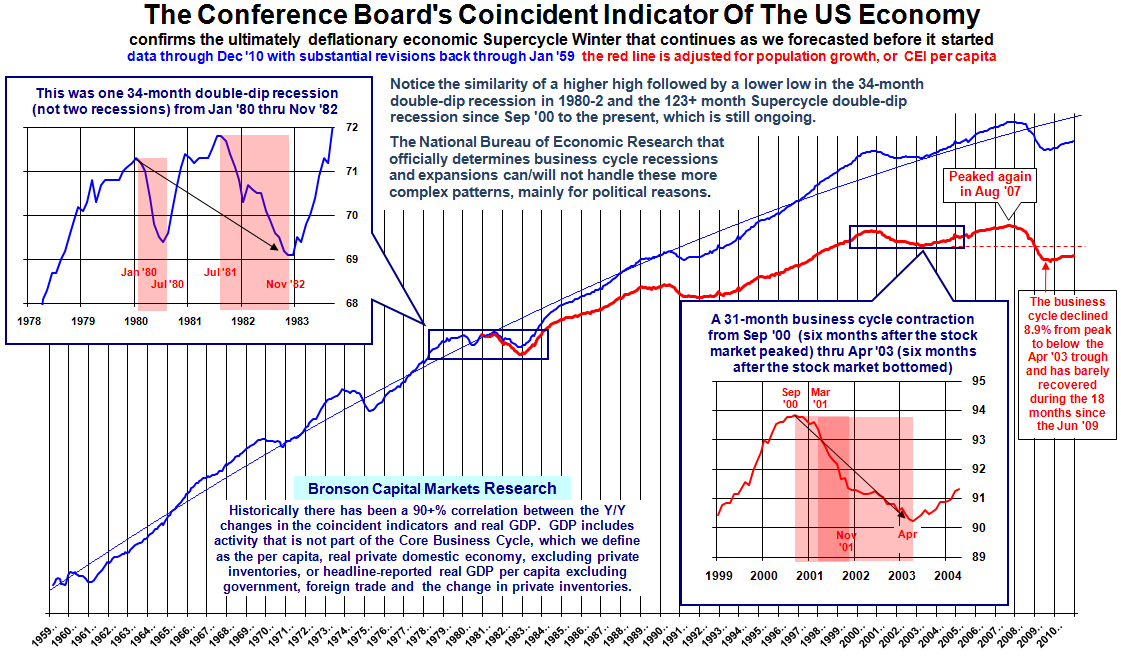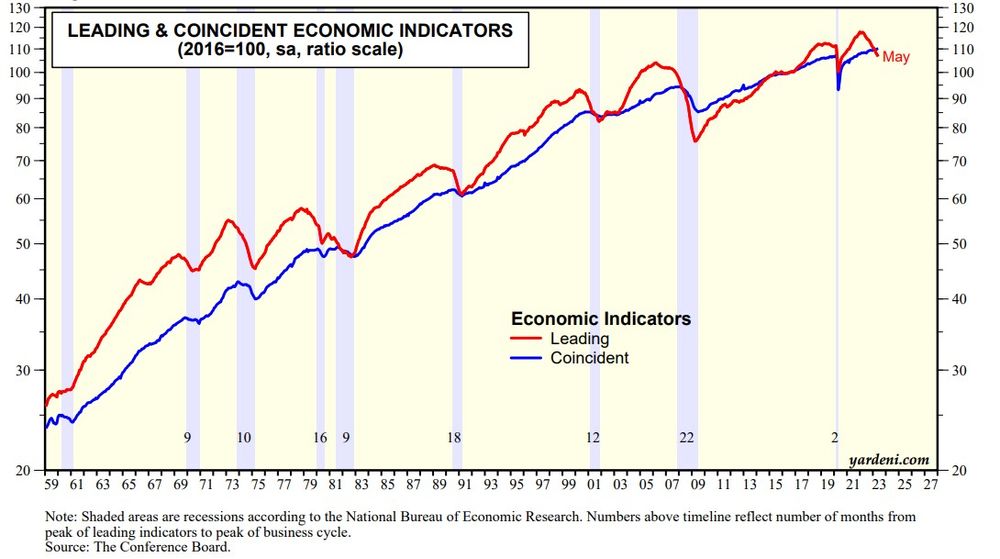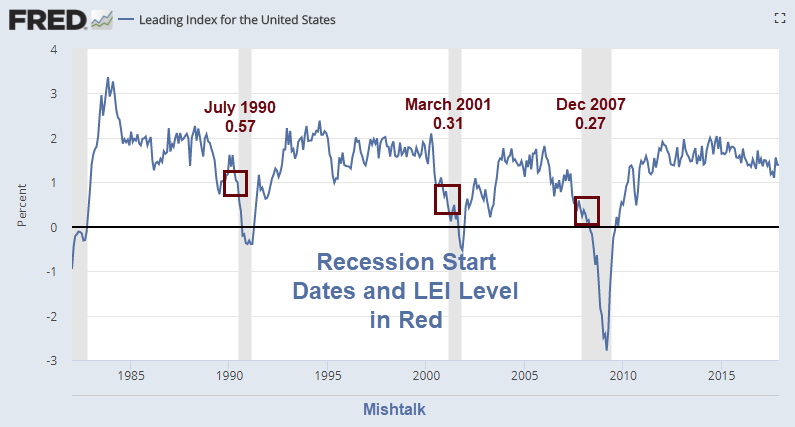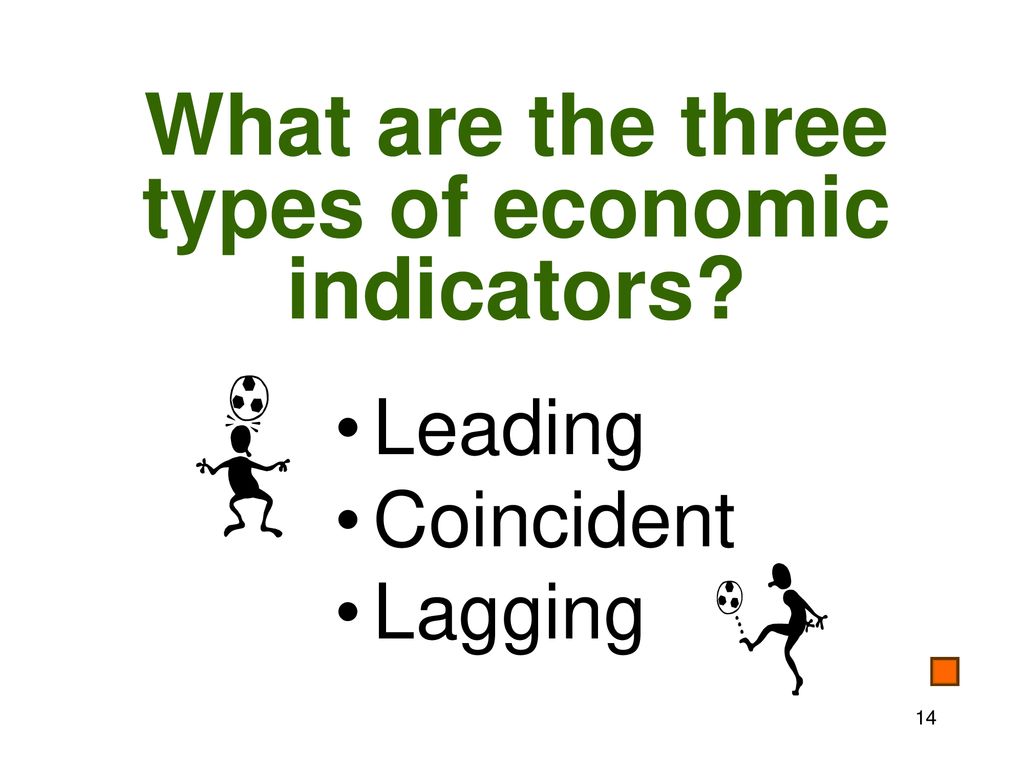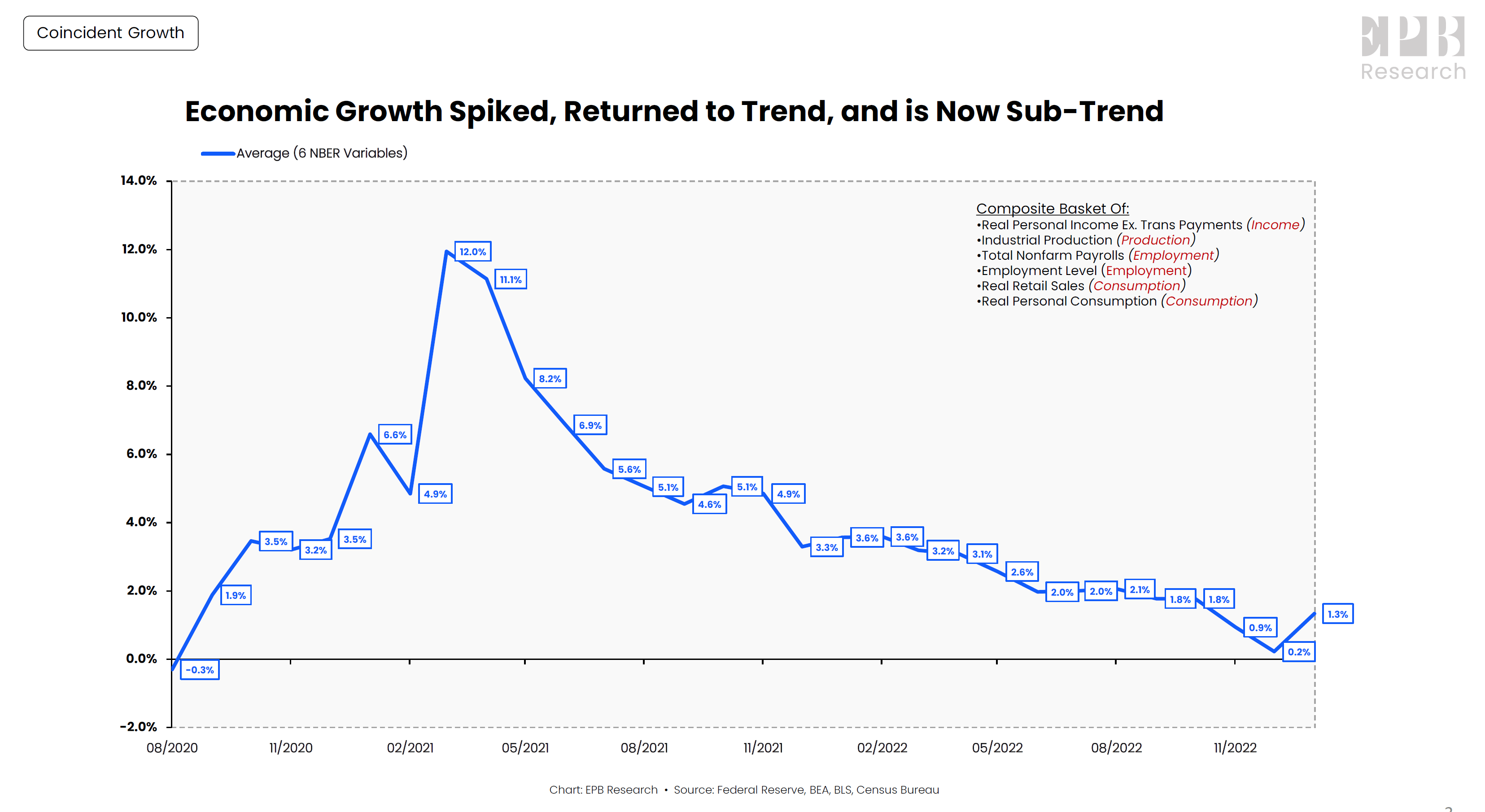Name Three Coincident Indicators Of The Great Depression
:max_bytes(150000):strip_icc()/the-great-depression-of-1929-3306033-final-HL-81efaea6e01a47bfbe8b7aa374848239.png)
The echoes of the Great Depression, a period of unprecedented economic hardship that gripped the world in the 1930s, continue to resonate today. Understanding the key indicators that moved *in tandem* with the downturn provides invaluable insights into recognizing and potentially mitigating similar crises in the future. Identifying these coincident indicators allows economists and policymakers to better gauge the severity and trajectory of economic downturns.
This article will focus on three crucial coincident indicators of the Great Depression: industrial production, personal income, and employment levels. These measures reflected the state of the economy in real-time, providing a clear, though devastating, picture of the rapidly deteriorating economic landscape. By examining these indicators, we can gain a deeper understanding of the factors that contributed to the Depression and how they manifested in the lives of ordinary people.
Industrial Production: A Steep Decline
One of the most telling signs of the Great Depression was the dramatic drop in industrial production. The Federal Reserve publishes historical data that illustrates the magnitude of this decline. Between 1929 and 1932, industrial production plummeted by nearly 50%.
Factories closed, mines were shuttered, and construction ground to a halt. This collapse in manufacturing activity had a ripple effect throughout the economy, impacting everything from raw material suppliers to transportation companies. It directly contributed to mass unemployment and widespread poverty.
Impact on Specific Industries
The automotive industry, a symbol of American prosperity in the 1920s, suffered immensely. Steel production, crucial for construction and manufacturing, also experienced a precipitous drop. These declines reflected a broader collapse in demand as consumers and businesses alike cut back on spending.
"The abrupt and devastating decline in industrial production was a clear signal that the economy was in deep trouble," noted economist Milton Friedman in his seminal work, *A Monetary History of the United States*.This contraction exposed the structural weaknesses in the American economy.
Personal Income: Shrinking Wallets and Diminished Purchasing Power
The Great Depression witnessed a substantial decrease in personal income, reflecting both declining wages and widespread job losses. Data from the Bureau of Economic Analysis (BEA) shows a sharp decline in per capita disposable income. This shrinkage in personal income significantly curtailed consumer spending.
As wages fell and unemployment soared, families had less money to spend on goods and services. This decline in purchasing power further exacerbated the economic downturn. The lack of consumer demand led to further production cuts and job losses, creating a vicious cycle of economic decline.
The Plight of Farmers
Farmers were particularly hard hit by the Depression. Agricultural prices plummeted, and many farmers lost their land to foreclosure. The Dust Bowl, a period of severe drought and soil erosion in the Great Plains, further compounded their hardships.
The combination of low prices and environmental devastation left many farmers destitute. They were unable to repay their debts and forced to migrate in search of work. This underscored the vulnerable position of many Americans during this era.
Employment Levels: Mass Unemployment and Social Unrest
Perhaps the most visible and devastating consequence of the Great Depression was the unprecedented level of unemployment. Official statistics from the Bureau of Labor Statistics (BLS) reveal that the unemployment rate soared to nearly 25% in 1933. Millions of Americans found themselves without work and without hope.
The loss of employment had a profound impact on individuals and families. Many lost their homes and savings, and faced starvation and despair. The social fabric of the nation was stretched to its breaking point. These figures showcase the deep hardship the depression caused.
The Human Cost
Breadlines and soup kitchens became ubiquitous as charities struggled to provide basic necessities to the unemployed. The psychological toll of unemployment was immense, leading to increased rates of suicide and mental illness. The unemployment rate also reflected societal discriminations.
Eleanor Roosevelt, the First Lady, played a crucial role in advocating for programs to alleviate the suffering of the unemployed. Her efforts highlighted the human cost of the Depression and the need for government intervention.
Lessons Learned and Future Considerations
The coincident indicators of the Great Depression offer valuable lessons for policymakers and economists today. Monitoring industrial production, personal income, and employment levels remains crucial for identifying and responding to economic downturns. Understanding the interplay of these factors can help policymakers implement effective strategies to stabilize the economy and mitigate the impact of future crises.
By carefully analyzing coincident indicators and learning from the past, we can strive to create a more resilient and equitable economic future. The scars of the Great Depression serve as a reminder of the importance of proactive economic policies and the need to protect the most vulnerable members of society.

